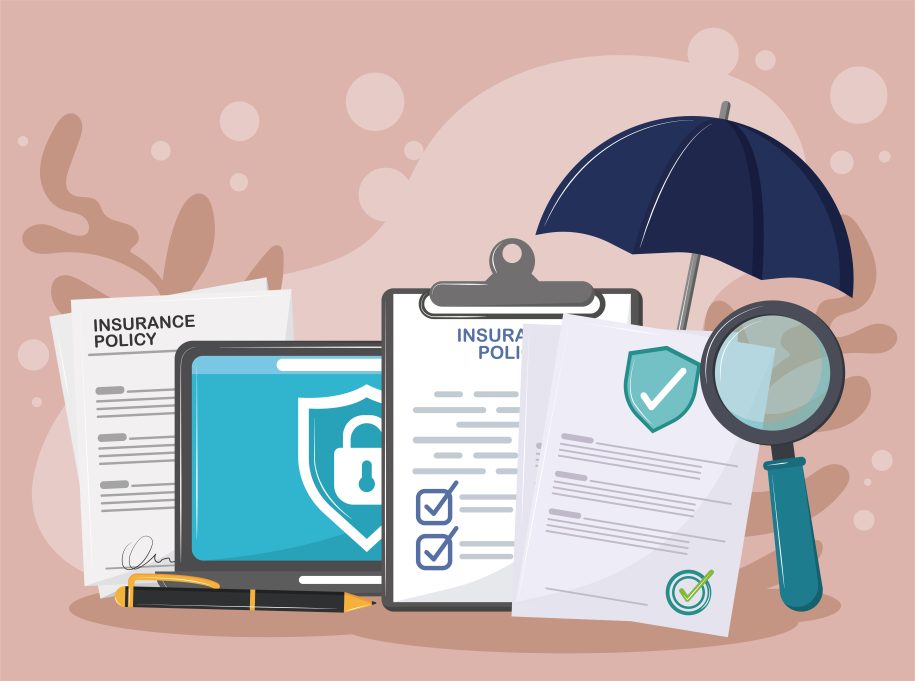Until the enactment of the Medicare Modernization Act (MMA) in 2006[1], the Centers for Medicare & Medicaid Services does not cover most outpatient prescription drugs under Part B (“Part B drugs”). However, some drugs self-administered by Medicare beneficiaries at home are Part B eligible. Examples of these drugs are provided in the Prescription Drug Benefit Manual Chapter 6 (rev 1.15.2016). For instance, insulin infused via an external pump and inhalation drugs used with a nebulizer in the beneficiary’s home are Part B drugs.
Despite the general limitation on coverage for outpatient drugs under Part B, the law specifically authorizes coverage for the following:
- Durable Medical Equipment (DME) Supply Drugs. These drugs require administration using a piece of covered DME (e.g., a nebulizer, external or implantable pump).” [2]
On February 15, 2024, CMS published a report on a national audit that analyzed claims in prescription drug encounter (PDE) data targeting Part D payments for nebulizer medications used with an item of DME.
The findings are unsurprising to those who have conducted mock program audits on behalf of or supported Medicare Advantage Prescription Drug (MAPD) and stand-alone prescription drug plans in their CMS program audits.
Below are CMS concerns from the results of the audit:
- Part D sponsors did not use Patient Residence Code (PRC) to determine the beneficiary’s location when the claim was submitted. Since 2013, CMS has required drug plan sponsors to report the PRC on PDE. CMS permits a PRC of “3” or “9” [3] on a pharmacy claim to determine if an inhalation drug used with a nebulizer may be covered under Part D. The DME benefit is not available to beneficiaries residing in long-term care facilities (i.e. Nursing Facilities, PRC “03”) and Intermediate Care Facilities for Individuals with Intellectual Disabilities, PRC “09”). Suppose the beneficiary is not on a Part A stay in one of these facilities. In that case, these inhalation drugs can be covered under Medicare Part D.[4] CMS expects sponsors to pay claims for these products only when the pharmacy claim includes these specified PRCs. Some plan sponsors allowed other unaccepted PRCs, such as “4” [5], to determine whether the beneficiary is in a home setting.[6]
- Some plan sponsors did not conduct the necessary B versus D evaluation for a nebulized drug approved as a formulary exception. Failing to determine B v D for payment, the plan might have inappropriately covered the drug under Part D benefits.
- Coverage of a nebulized drug was defaulted to coverage under Medicare Part D benefit because the prescriber failed to respond to a request for such information as the route of administration and/or indication for the drug. Such occurrences are largely due to the desire to meet the turnaround time for coverage determination. Guidance is available for the plan sponsor to issue an adverse decision when the necessary information is incomplete, provided that the denial reason and the information needed for approval are clearly stated in the denial letters. [7]
- A ‘B vs. D’ determination (PA 3) is allowed during a beneficiary’s transition period as a utilization management edit. Some plan sponsors failed to perform this evaluation in claim adjudication.
- When a public health emergency (PHE) was in effect, CMS noticed that Part B versus Part D evaluation was omitted. When existing authorizations were in place to appropriately assign payment to the correct benefit, network pharmacies were authorized to enter an override to allow payment to process under the Medicare Part D benefit. CMS does not consider the removal of existing authorizations to be in line with the intent of the PHE flexibilities, which is not to limit access to care and to reduce administrative burdens. [8]
Process Improvement Suggestions:
- Review rejected claims regularly as a routine practice to ensure any discrepancies or inappropriate benefit determinations are identified and corrected timely. Discrepancies are gaps between CMS-approved benefits and payments at the point of sale.
- Focus on drugs that are administered with an item of DME, such as insulins via infusion pump and inhalation drugs via nebulizer, during claim review and regular monitoring. Upon discovery of inappropriate payment, CMS recommends deletion of the impacted PDE and bill Part B instead.
- Include BvD in test claims provided by the pharmacy benefit manager (PBM) prior to a new contract year when there are formulary changes, and do not assume the system logic is correct after 10+ years of Part D implementation. Claims submitted during a beneficiary’s transition period should also be tested.
- Plan sponsors should be very clear about the definition of a Part D drug, which excludes any drugs covered under Part A (e.g., drugs given in a hospital or skilled nursing facility) or Part B (i.e., drugs administered with an item of DME).
If you are gearing up for Medicare methodological and policy changes in 2025 and do not have the resources to review the processes, write to us at info@inovaare.tech. Inovaare’s subject matter experts can provide consulting services to help plan sponsors validate system logic, Review rejected claims, and train staff responsible for PBM oversight.
[1] The law was signed in 2003, but the commencement of Part D was in 2006
[2] Appendix C MEDICARE PART B VERSUS PART D COVERAGE ISSUES, Prescription Drug Benefit Manual Chapter 6 (rev. 1/15/16)
[3] “03” = Nursing Facility, “09”= Intermediate Care Facility/Mentally Retarded;
[4] Announcement of Calendar Year (CY) 2019 Medicare Advantage Capitation Rates and Medicare Advantage and Part D Payment Policies and Final Call Letter, April 2, 2018
[5] “04” = Assisted Living Facility
[6] Completion of National Audit: Analysis of Prescription Drug Event Records for Nebulizer Drugs Used with an Item of Durable Medical Equipment (DME), February 15, 2024
[7] Completion of National Audit: Analysis of Prescription Drug Event Records for Nebulizer Drugs Used with an Item of Durable Medical Equipment (DME), February 15, 2024
[8] Id
